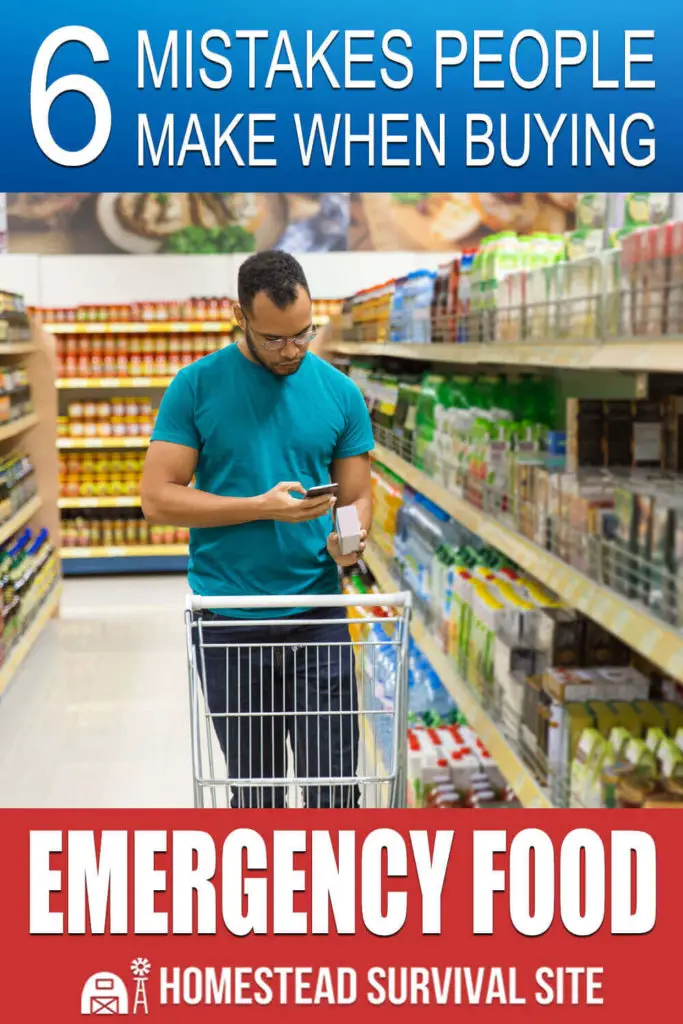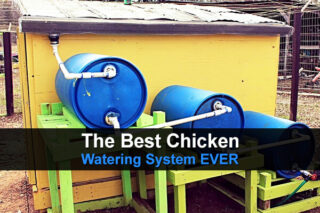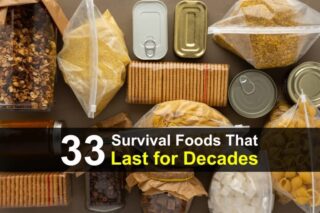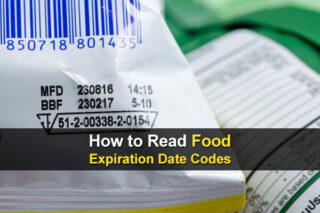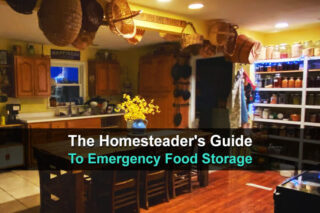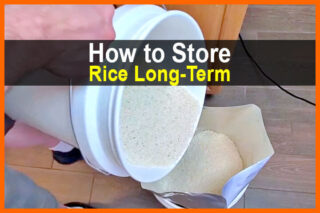Estimated reading time: 6 minutes
Having a stockpile of emergency food will be part of the foundation of getting through any emergency. Without it, you simply will not have the energy to do anything else. However, it’s not as simple as buying a bunch of food, storing it in some corner, and forgetting about it until you need it.
Several things can go wrong with an emergency food plan and in this article, I will briefly discuss how to avoid common mistakes when purchasing emergency food.
Want to save this post for later? Click Here to Pin It On Pinterest!
Food Storage Mistakes to Avoid
1. Waiting Until You Need It
It may seem obvious to not wait to buy emergency supplies until you need it, but I see and hear about people doing this all the time. One of the best ways to learn is through experience, but the problem with waiting until an emergency happens is that supplies may not be available. In actuality, getting supplies once an emergency happens becomes extremely difficult if not impossible.
Within the last two years, the global pandemic has had a negative effect on the supply chain, but the silver lining is that hopefully, it has shown people the importance of being prepared, such as having an emergency food plan. Do yourself a favor and purchase extra food whenever it is available.
2. Only Purchasing “Emergency Food”
When I talk to people about this topic, they immediately only think of food that is offered by companies that make pre-packaged emergency food items. For example, things like MREs and freeze-dried or dehydrated food items. There is nothing wrong with these options. In fact, I enjoy quite a few of them myself, but there are a few things to consider about them.
First, there is probably a large number of people who have never tried this type of food and when it comes time to eat, they may find out that they do not like it. I know, I know, beggars cannot be choosers in an emergency, but it certainly helps morale if a person is eating something that they like.
Another thing to consider is that for one reason or another, these types of foods may not sit well with you. If that is the case and it is the only food available, then you are going to have mealtimes that are miserable.
I would suggest requesting sample packets or buying just a few individual meals before you invest a lot of money into this option. By doing this, you will have a better idea of how well this type of food will work for you.
Speaking of cost, emergency food options can be rather expensive per serving. Depending on your budget and group size, this may limit how much food you can purchase for your group. Given the higher cost of the food, it is also more likely to sit in a basement and “go bad” because people do not want to waste it or consume it unless it becomes absolutely necessary to do so.
I have already touched on this a little bit, but pre-packaged emergency food isn’t really meant to be eaten for every single meal day in and day out. I have heard many times from people that when they eat this type of food regularly, their bodies do not adjust well to it.
It will be much better for morale, your body, and your budget if there is a variety of food sources in your emergency stockpile.
3. Thinking it Will Last Forever
Other than many of the reasons listed in the previous section, buying emergency food is not really a solution for a long-term scenario because people simply won’t be able to buy enough. Eventually, it will run out which is why you will want to have multiple sources of food.
The ideal emergency food plan will include obtaining food from as many sources as possible and not just one. Examples of sources include hunting, trapping, fishing, gardening, foraging wild edibles, store-bought non-perishables, canning your food, and pre-packaged emergency food options.
4. Not Buying a Variety of Food
This one is fairly self-explanatory, so I won’t harp on it too much. Emergency food companies have done a great job expanding their menus in recent years, but there are still only so many options available. The same goes for canned goods and any other food options you plan on storing. Again, having multiple food sources will help to prevent menu fatigue by expanding the number of available options.
5. Not Using It or Rotating It
As I mentioned before, I am a fan of some pre-packaged emergency food options, but I am more of a fan of everyday food. Primarily because it is the food we like to eat and are accustomed to.
I am not big on the idea of having a section of emergency food in the home that should never be touched. This is how food goes stale, bad, and ends up being wasted or even forgotten about. Instead, keep your emergency food fresh by eating it, rotating it, and replacing it.
6. Not Planning for Alternative Cooking Methods
While planning for emergency food options, sometimes people forget to also plan for alternative cooking methods based on the kind of food they are storing. For example, many pre-packaged emergency food options require the addition of hot water or for the food to be cooked in hot water.
As easy as this sounds, do you have a plan for accomplishing this without a microwave or indoor stovetop? Normal cooking methods may not be available during an emergency and if you do not plan for this, at best you will be eating cold food.
Be sure that you are ready for cooking during an emergency by having plenty of extra water, cooking oils, utensils, and an alternate heating source such as a fire pit or outdoor stove.
Conclusion
Buying emergency food for your group doesn’t have to be all that difficult or expensive. It just takes time for you to personalize your plan and to slowly purchase items to create a stockpile. I hope the points in this article will help you out in avoiding some of the most common mistakes made when buying emergency food. Thanks for reading and stay prepared!
Like this post? Don't Forget to Pin It On Pinterest!



